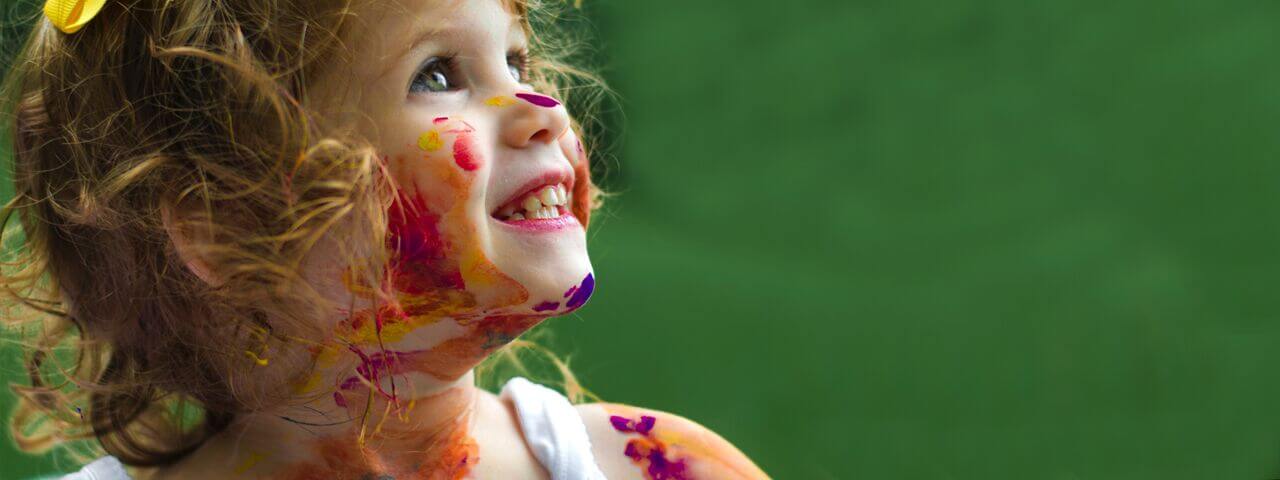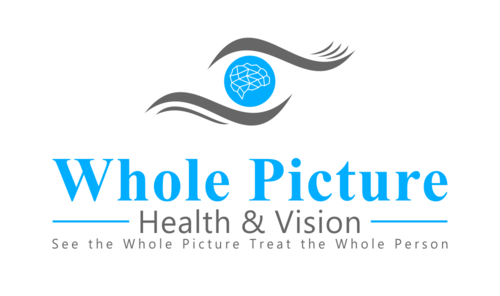
Amblyopia, also known as “lazy eye,” is an eye condition in which the brain and eye have difficulty working together properly. From birth through early childhood (about 6 years old), your child's vision is being established and developed through the creation of important connections between their eyes and brain. If this development is stunted in any way, the brain may fail to properly recognize the images it receives from one or both eyes. If this happens, the brain will begin to disregard the signals coming from the underdeveloped eye, causing a weakening of vision in that eye, which is then considered “amblyopic.”
How Would My Child Develop Amblyopia?
Amblyopia is often tied to genetics. This means that if a member of your family has been diagnosed with amblyopia, your child is more likely to have it as well. If your child was born prematurely or has other developmental issues, this can also contribute to the development of amblyopia.
Amblyopia may also come about as a result of another common childhood eye condition known as strabismus. In strabismus, one of your child's eyes may look straight while the other may look inward, outward, up or down. This happens as a result of weakness or underdevelopment of the muscles in charge of eye movement. This misalignment of the eyes causes difficulty with binocular fusion. This is the ability of your child's brain to interpret the two distinct, but similar, images sent to it from both eyes into a unified picture. If this condition goes untreated, amblyopia is likely to result, since the brain is then forced to deal with this difficulty by ignoring the signals coming from the misaligned eye, causing it to become amblyopic.
Amblyopia can also result from different visual strengths in each eye. This condition is known as anisometropia. If this condition goes untreated for too long, your child's brain will learn to favor the eye that provides clearer vision, and ignore the signals it receives from the weaker eye, making it amblyopic.
How Will I Know If My Child Has Amblyopia?
In many cases, it is not the child that notices that he or she has vision issues. Children are extremely good at adapting to overcome difficulties, and your child is likely to come up with ways to compensate without realizing that his or her sight is flawed. It is, therefore, up to parents, teachers and family doctors to notice the signs and symptoms and act accordingly.
If you notice your child has crossed eyes, squints often in order to see or tilts his or her head to see better, you should consult an eye doctor to check for amblyopia. Your child may also display poor depth perception or an inability to see in three dimensions as a result of the brain effectively seeing out of only one eye.
How Would My Child's Amblyopia Be Treated?
In order to get your child's brain to stop ignoring the signals coming from the amblyopic eye, various methods are employed to force it to begin relying on the amblyopic eye for input.
In the case of anisometropia, prescription glasses may be enough to fix sight and encourage the brain to begin using the weak eye again. In other cases, eye patches or atropine drops serve to block vision in the dominant eye, causing the brain to rely on the amblyopic eye for vision. This will eventually strengthen the amblyopic eye and accustom the brain to using this eye.
In the case of strabismus, surgery is often required in order to loosen or tighten the eye muscles that are causing the amblyopic eye to wander.
Another option for fixing amblyopia is known as “vision therapy.” This works much like physical therapy, by employing different eye exercises and tools to accustom the brain to using the amblyopic eye.
For more information about your child's amblyopia, contact your eye doctor today.
